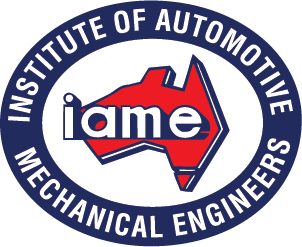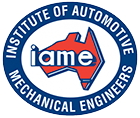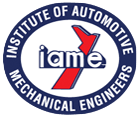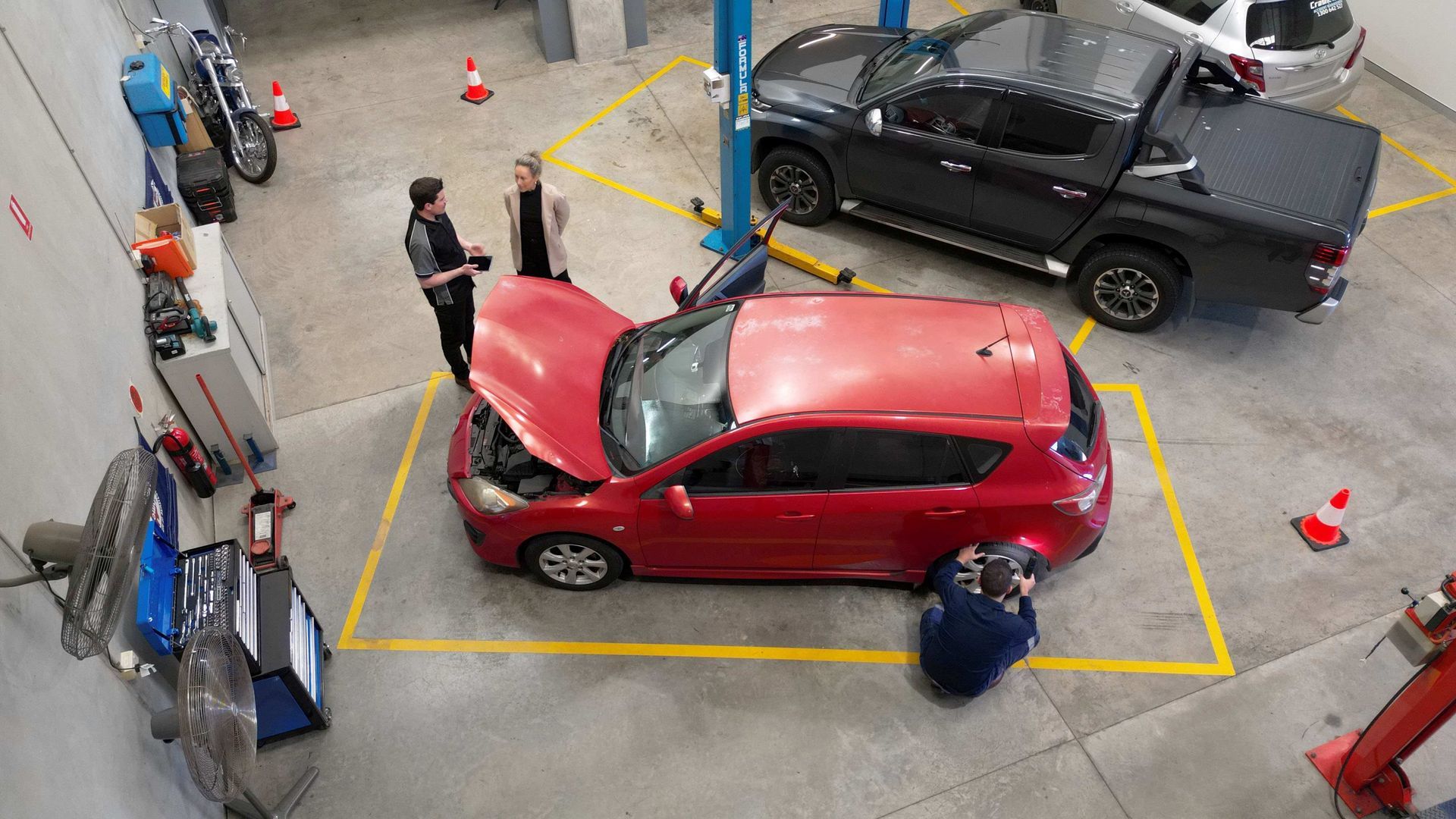Antonella Abbate • 7 March 2024
Thank You to Our Members

On behalf of the IAME Board of Directors and Staff Members...
- Jeffrey Richards, National President / Director.
- Craig Craven, Vice President / Director.
- Tony Martin, Director.
- Peter Blanshard, Chief Executive Officer.
- Antonella Abbate, General Manager
- Elisa Georges, Membership Administration.
- Seema Kumar, Administration Assistant / WA Office.
- Emile Bacha, Automotive Trainer.
- Peter Bastow, Automotive Trainer.
- Muhammad Sohail, Financial Accountant.
We all would like to sincerely thank the IAME members that have supported the IAME by paying the Levy either late last year or early this year. We are delighted to inform the members that it has enabled the IAME to enhance and expand our training and services sector.
Although at present, this has mainly been in NSW, in the near future we plan to expand this across all other States and Territories.
Again a Sincere thank you on behalf of the IAME Board, Management & Staff








